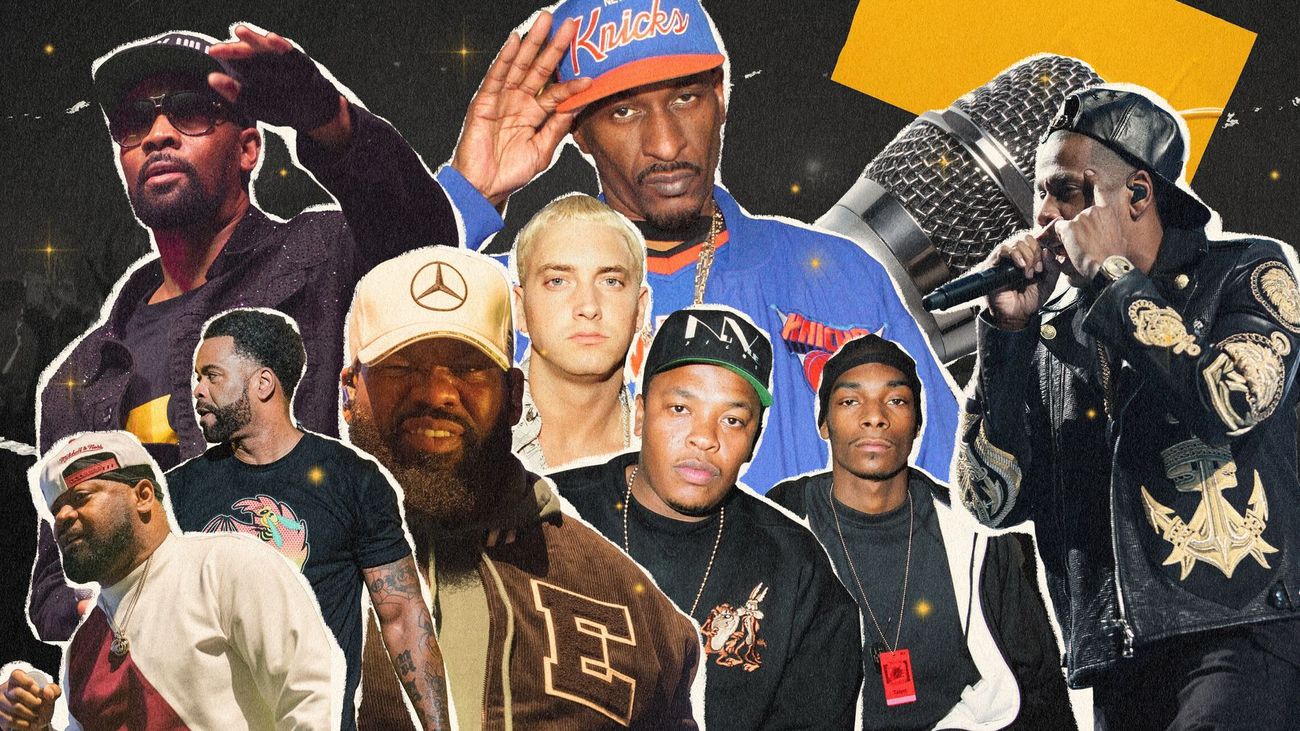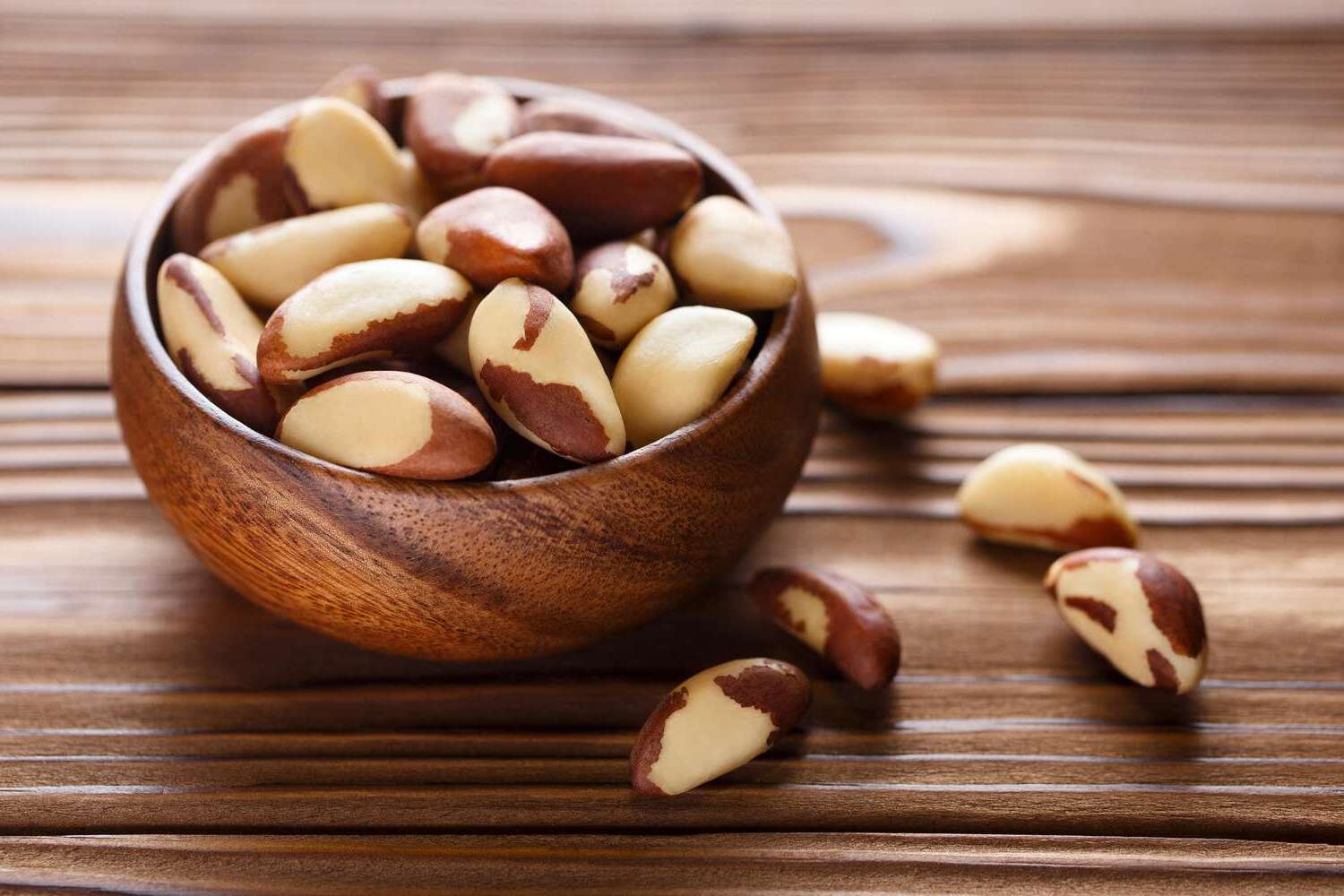
Ever wondered what made 90s hip hop rap so iconic? This era wasn't just about baggy jeans and gold chains; it was a cultural revolution. From Tupac's poetic lyrics to Biggie's unforgettable flow, the 90s gave birth to legends. Why was 90s hip hop so influential? It broke barriers, tackled social issues, and gave a voice to the voiceless. What makes 90s rap different from today's music? Authenticity, raw emotion, and groundbreaking beats set it apart. Ready to dive into the world of 90s hip hop? Let's explore 35 facts that will take you back to the golden age of rap.
Key Takeaways:
- The 90s hip hop era, known as the "Golden Era," saw the rise of influential artists like Tupac, Biggie, and Wu-Tang Clan, shaping the genre's history and culture.
- Hip hop fashion, social activism, and global influence were integral parts of 90s hip hop, showcasing the genre's impact on music, fashion, and social issues worldwide.
The Golden Era of Hip Hop
The 1990s are often referred to as the "Golden Era" of hip hop. This decade saw the rise of some of the most influential artists and groundbreaking albums in the genre's history. Let's dive into some fascinating facts about 90s hip hop rap.
-
Tupac Shakur's Legacy: Tupac Shakur, also known as 2Pac, released his debut album "2Pacalypse Now" in 1991. His music often addressed social issues, making him a voice for many.
-
The Notorious B.I.G.: Christopher Wallace, better known as The Notorious B.I.G. or Biggie Smalls, released his iconic album "Ready to Die" in 1994. This album is considered one of the greatest hip hop albums of all time.
-
Wu-Tang Clan's Influence: Wu-Tang Clan's debut album "Enter the Wu-Tang (36 Chambers)" dropped in 1993. Their unique style and group dynamic changed the landscape of hip hop.
-
Dr. Dre's "The Chronic": Dr. Dre's 1992 album "The Chronic" introduced the world to G-funk and launched the career of Snoop Dogg.
-
Nas's "Illmatic": Nas released "Illmatic" in 1994, which is often hailed as one of the greatest hip hop albums ever. Its lyrical complexity and production quality set new standards.
East Coast vs. West Coast Rivalry
The 90s were marked by a fierce rivalry between East Coast and West Coast hip hop artists. This feud shaped much of the music and culture of the decade.
-
Death Row Records: Founded by Dr. Dre, Suge Knight, and others, Death Row Records became the epicenter of West Coast rap, signing artists like Snoop Dogg and Tupac.
-
Bad Boy Records: Sean "Diddy" Combs founded Bad Boy Records, which became the home for East Coast artists like The Notorious B.I.G. and Mase.
-
"Hit 'Em Up": Tupac's diss track "Hit 'Em Up" targeted Biggie and Bad Boy Records, escalating the East Coast-West Coast feud.
-
"Who Shot Ya?": Biggie's track "Who Shot Ya?" was perceived as a diss towards Tupac, although Biggie denied it was aimed at him.
-
Tragic Endings: Both Tupac and Biggie were tragically murdered in the late 90s, events that remain unsolved and are often linked to the East Coast-West Coast rivalry.
Breakthrough Albums and Artists
The 90s saw the release of numerous groundbreaking albums and the rise of artists who would go on to become legends.
-
Lauryn Hill: Lauryn Hill's work with The Fugees and her solo album "The Miseducation of Lauryn Hill" earned her critical acclaim and multiple Grammy Awards.
-
OutKast: OutKast's debut album "Southernplayalisticadillacmuzik" in 1994 brought Southern hip hop into the mainstream.
-
Jay-Z's Debut: Jay-Z released his debut album "Reasonable Doubt" in 1996, which is now considered a classic.
-
Eminem's Rise: Eminem's debut album "The Slim Shady LP" came out in 1999, marking the beginning of his successful career.
-
Missy Elliott: Missy Elliott's innovative style and music videos made her a standout artist in the late 90s.
Iconic Hip Hop Songs
Certain songs from the 90s have become timeless anthems, continuing to influence new generations of artists and fans.
-
"Nuthin' but a 'G' Thang": Dr. Dre and Snoop Dogg's 1992 hit is a quintessential G-funk track.
-
"Juicy": The Notorious B.I.G.'s "Juicy" is an inspirational anthem about his rise from poverty to success.
-
"California Love": Tupac's collaboration with Dr. Dre on "California Love" became an instant classic.
-
"Gin and Juice": Snoop Dogg's "Gin and Juice" is a laid-back track that epitomizes West Coast rap.
-
"C.R.E.A.M.": Wu-Tang Clan's "C.R.E.A.M." (Cash Rules Everything Around Me) is a gritty portrayal of life in the streets.
Hip Hop Fashion
The 90s also saw the rise of hip hop fashion, which became a significant part of the culture.
-
Baggy Clothes: Baggy jeans, oversized shirts, and hoodies became the standard attire for many hip hop artists and fans.
-
Timberland Boots: Timberland boots were a popular choice, especially among East Coast rappers.
-
Kangol Hats: Kangol hats became iconic, often worn by artists like LL Cool J.
-
Gold Chains: Flashy gold chains and jewelry were a staple in hip hop fashion, symbolizing success and wealth.
-
Starter Jackets: Starter jackets, featuring sports team logos, were a trendy item in the 90s hip hop scene.
Hip Hop and Social Issues
Many 90s hip hop artists used their platform to address social issues, making their music not just entertaining but also thought-provoking.
-
Public Enemy: Public Enemy's music often tackled issues like racism, police brutality, and inequality.
-
N.W.A.: N.W.A.'s "Straight Outta Compton" album highlighted the harsh realities of life in Compton, California.
-
Tupac's Activism: Tupac was known for his activism, often speaking out against social injustices and advocating for change.
-
Queen Latifah: Queen Latifah's "U.N.I.T.Y." addressed issues of sexism and violence against women.
-
KRS-One: KRS-One, through his music and lectures, promoted knowledge and awareness about social and political issues.
Hip Hop's Global Influence
The impact of 90s hip hop wasn't confined to the United States; it spread across the globe, influencing music and culture worldwide.
-
Japanese Hip Hop: Japan embraced hip hop in the 90s, with artists like DJ Krush gaining international recognition.
-
French Hip Hop: French hip hop saw a rise with groups like IAM and NTM, who incorporated local issues into their music.
-
UK Hip Hop: The UK developed its own hip hop scene, with artists like Roots Manuva and groups like Massive Attack blending hip hop with other genres.
-
African Hip Hop: African artists began incorporating hip hop into their music, addressing local issues and blending traditional sounds with modern beats.
-
Latin Hip Hop: Latin America saw the rise of hip hop with artists like Control Machete in Mexico and Vico C in Puerto Rico, who brought their unique perspectives to the genre.
The Last Beat
90s hip hop rap wasn't just music; it was a movement. From Tupac Shakur's poetic lyrics to Notorious B.I.G.'s storytelling, the era gave birth to legends. Dr. Dre and Snoop Dogg brought the West Coast sound, while Wu-Tang Clan redefined group dynamics. Missy Elliott and Queen Latifah broke barriers for women in rap. MTV and BET played crucial roles in bringing hip hop to mainstream audiences. The fashion, the slang, the beats—all left a lasting impact. Even today, artists draw inspiration from this golden age. Whether you're a longtime fan or new to the genre, the 90s hip hop scene offers a rich history worth exploring. So, next time you hear a classic track, remember the culture and creativity that made it timeless.
Frequently Asked Questions
Was this page helpful?
Our commitment to delivering trustworthy and engaging content is at the heart of what we do. Each fact on our site is contributed by real users like you, bringing a wealth of diverse insights and information. To ensure the highest standards of accuracy and reliability, our dedicated editors meticulously review each submission. This process guarantees that the facts we share are not only fascinating but also credible. Trust in our commitment to quality and authenticity as you explore and learn with us.


